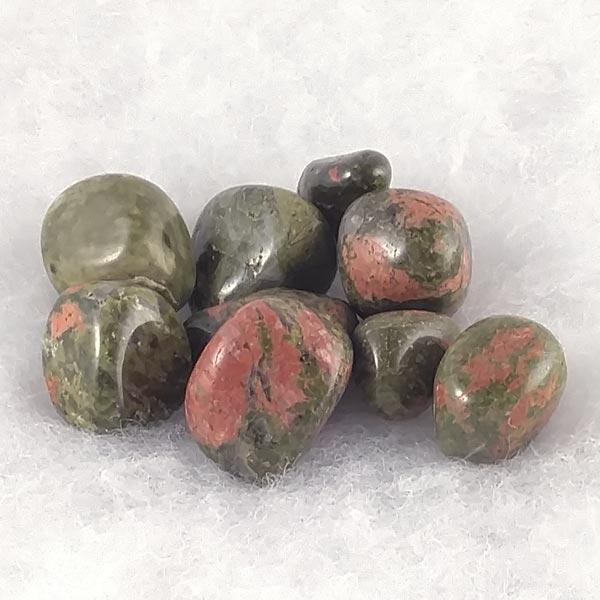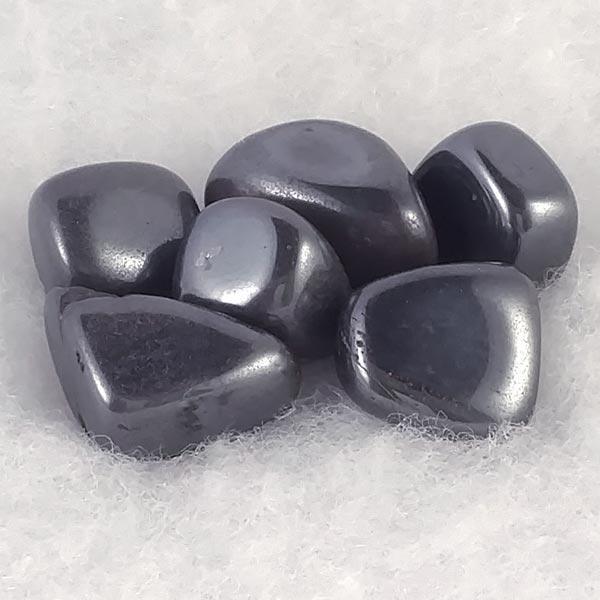Description
Vesuvianite Tumbled Stones
Vesuvianite is in the Trigonal system, in the family of silicates in specifically the vesuvianite group. Individual members of this group are difficult to distinguish without detailed testing and the minerals occur in different contact rocks of metamorphic, volcanic and hydrothermal origins. It comes in a variety of colors of brown, yellow, brown-black, light green, emerald green, white, red, purple, violet, blue-green to blue. And again, it depends on the location and surrounding minerals as far as its coloring. Green is the most common, with pale browns probably being second in what is generally available in the market place.
It had been originally named “hyacinthus dictus octodecahedricus” by Moritz Anton Kappeler in 1723. Then, renamed “hyacinte du Vesuve” by Jean-Baptiste Louis Romé de L’Isle in 1772. That was possibly the inspiration for Abraham Gottlob Werner to rename the species “vesuvian” in 1795, after its discovery locality of Mount Vesuvius, Campania, Italy. Then in 1799, Rene Just Haüy introduced the name “idocrase”, which became a popular name that is still used today.


 4th or Heart Chakra
4th or Heart Chakra



Reviews
There are no reviews yet.